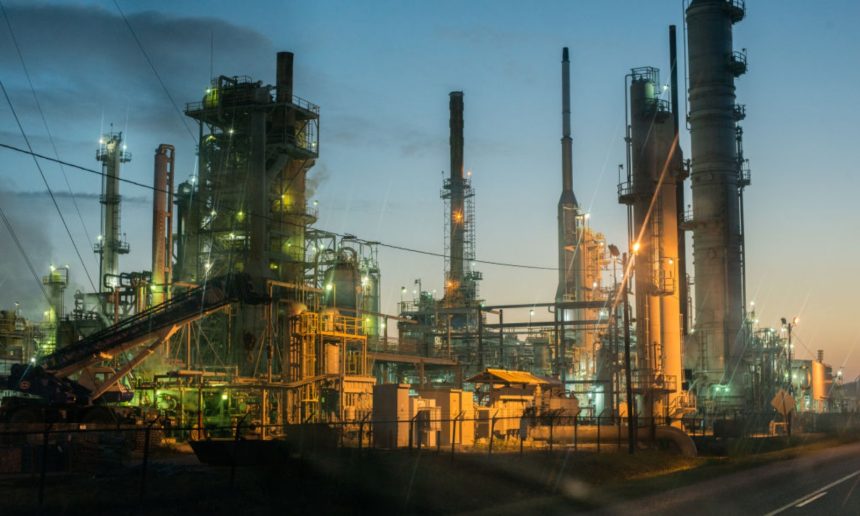The industrial corridors of Texas and Louisiana are home to some of the most toxic pollution in the country, with companies like Celanese and Indorama Ventures emitting harmful chemicals into the air of predominantly Black and Latino communities. In a landmark move, the EPA, under the leadership of Michael Regan, has finalized a rule aimed at cutting thousands of tons of toxic emissions and implementing air monitoring at over 200 chemical plants nationwide.
This significant update to federal regulations for chemical plants is expected to reduce over 6,200 tons of toxic emissions annually, leading to a decrease in more than 100 hazardous pollutants. The rule also targets a 23,000 ton-per-year reduction in smog-forming volatile organic compounds, which contribute to the pollution seen in industrialized areas.
Particularly notable is the focus on ethylene oxide emissions, a potent carcinogen linked to various cancers. By implementing stricter regulations and monitoring measures, the EPA aims to significantly reduce the impact of ethylene oxide and other harmful chemicals, such as chloroprene.
While the rule presents a challenge for chemical companies, with an estimated cost of $1.8 billion over the next 14 years, it is a crucial step towards protecting communities and ensuring cleaner air for all. Plant operators will have two years to comply with the new provisions, with a focus on improving processes and equipment to reduce emissions.
The EPA’s proactive approach to addressing pollution hotspots in states like Louisiana and Texas signifies a commitment to environmental justice and public health. By holding companies accountable and implementing stringent regulations, the agency is prioritizing the well-being of communities impacted by toxic emissions.






